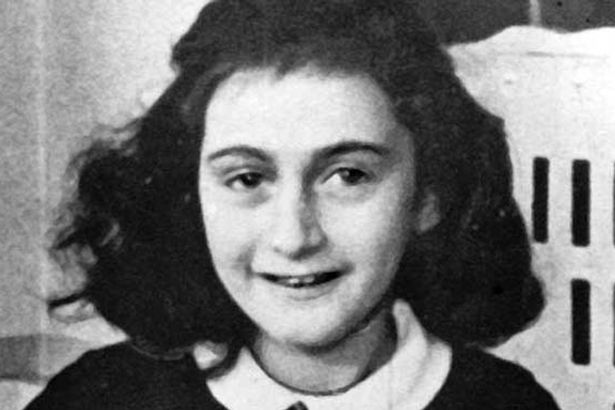How many US citizens know their country refused a visa to the family of Anne Frank – a refusal that forced them into hiding in Amsterdam and ultimately resulted in their deaths? That’s the shocking fact that opens this typically sober, lyrical and exquisitely balanced documentary from Ken Burns.
And here are two more: more than 225,000 refugees fleeing Nazism were eventually accepted by the US. And, of course, the arrival of US soldiers in Europe was instrumental in defeating fascist forces.
That pairing sets the tone for this challenging deep dive into not just the complicated relationship the United States had with the Holocaust but the complicated relationship it has always had with immigration – and racism.
The first episode (it screened last week and is available on demand) covers the period from roughly the end of the 19th century to the late 1930s and that background provides vital context for what comes next. In the 1890s, the US was indeed the promised land and its doors were wide open to immigrants. It was also a time of genocide of Native Americans. And the flourishing of slavery.
In the early 1920s, eugenics was hugely popular in the States. Everyone from Theodore Roosevelt to Helen Keller thought “breeding out” lesser humans was a fine idea, and violent racists dedicated themselves to the preservation of redwood forests and wild bison.
Read the article by Melinda Houston in The Sydney Morning Herald.

